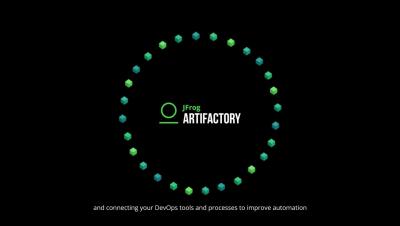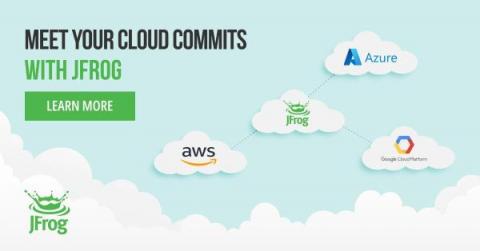Operations | Monitoring | ITSM | DevOps | Cloud
CI CD
The latest News and Information on Continuous Integration and Development, and related technologies.
Improving Software Failure: Measure, Change, Learn
How do you treat software development failure? Do you take time to measure and learn from software failure? Or do you try to fix it quickly only after your customers complain about it? Failure can be an opportunity to learn and get better. So how can you measure and learn from software failure, and turn failure into at least a partially positive experience? Failure happens all the time, but if you're not measuring it, how do you know what you’re missing?
Cloud Native DevOps
Truly Universal DevOps
Top 20 CI/CD Pipeline Interview Questions & Answers
The key to acing a CI/CD interview is preparation. The first step in preparation is to learn as much as you can about the possible company, including its background, offerings, and hiring practices. In order to help you master your next interview and land your dream job, this blog post includes CICD interview questions, all neatly organized into themes.. Refreshing your technical knowledge is the next item on the list because it will help you stand apart.
Get Certified with Argo CD - Now at Level 2 with "Gitops at Scale"
At the start of this year, Codefresh announced the first ever GitOps certification for Argo CD. The certification consists of 3 different levels covering GitOps end-to-end from beginning to end. With the launch of Level 1 (Fundamentals), we have seen an unprecedented interest from people that want to learn about GitOps resulting in over 10,000 students and 3,000 certified engineers!
Automate deployment of a Vue.js application to Firebase
A quick search of the internet will reveal many services available for freely hosting single page applications or static sites. Firebase is one of these services. Firebase is a development platform developed by Google that provides file storage, hosting, database, authentication, and analytics. It is free, provides an SSL certificate by default, and offers impressive speed across multiple regions. I have chosen Firebase for hosting our demo application in this tutorial.
How to get complete CI/CD pipeline observability
It's not like it used to be back in the day! Before CI/CD, we were building on-premises, service-oriented products following system style architecture and we were able to map out the build system and end-to-end process in a PowerPoint or Visio document. Although time-consuming and inefficient, it was relatively straightforward and the build pipeline was unlikely to change drastically. But that's no longer the case.











